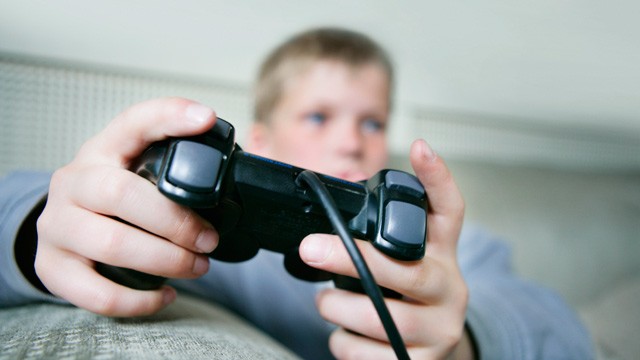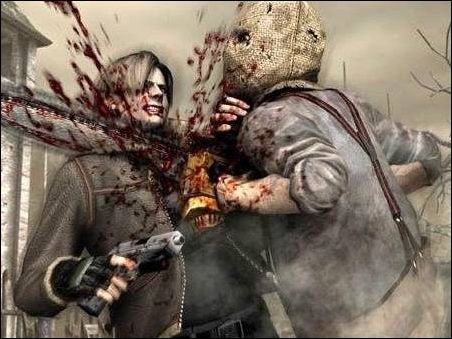Video Game Violence: Destructive…or Not?

Earlier this week, KaboomShark published an interview I did with Dene Waring of ShadowShifters Entertainment, in which I briefly mentioned my disgust and boredom with violence and gore in the video game industry. The topic of violence in games has been a source of conflict for the past two decades, and now, with an increasing focus on violent acts by youth, it has become an even bigger one. Parents, fans, writers, and science professionals have all weighed in on the issue, picking stances on opposite sides of the spectrum. Is there a right or wrong stance in the situation, or is there some sort of middle ground to be found?
Violent acts have always been a mainstay in video games. Shooting guns, killing, aggressive language, and bloody death scenes are sights all too familiar with the average gamer. But with gaming visuals reaching a realism never seen before, the line between imaginative and real worlds is becoming increasingly thin. In most gaming scenarios, the player is in control of his or her world and his or her character’s actions. Rather than simply watching the action play out on screen, the player is a central part of the action. It’s more involving than other forms of media, and it’s something that should be examined. Surprisingly, despite the focus on the topic, little research has been done on the subject.
Studies have shown that violent video game exposure is positively related to increased aggressive cognition and behavior and is negatively related to increased pro-social behavior in adolescents. Any gamer who’s played intense multiplayer matches can identify with being frustrated beyond belief by campers or terrible team mates; others can identify with shutting themselves in for hours, sometimes days, ignoring the outside world, because they’re just that into what they’re playing or getting snappy with someone who’s bothering them while they play. I’m willing to bet that few of us have ever experienced these effects for a lengthened amount of time, though. Unfortunately, there has been little research done to exam long-term effects of prolonged exposure to violent video games. One such study, a longitudinal study conducted by Willoughby T*, et al., showed that teens who were played violent video games with a higher frequency displayed higher levels of aggression than those who played less. The study took into account external factors, pre-existing levels of aggression, and was almost an even gender split. There are other experiments to keep in mind, too. Social learning theory emphasizes the idea of people learning in a social context. Modeling and observational learning could be key components in the effects violent video games have on the player. If people learn by observing and imitating their observations, then exposure to violent images could lead to negative consequences. There is still a lot of research to be done exploring the matter, including examining the effect at different age groups and the effect of different perspectives and genres.
Now, let me clear the air. I’m in no way proposing that adults who play violent video games are going to become violent and criminal. I’m also not suggesting that violent video games alone are the cause of aggression in individuals exposed to them. However, I feel that exposure, in addition to other circumstances may make one more likely to repeat these acts in the real world. As with other matters in the field of psychology, this is not a matter of “either-or.†Rather, it is a matter in which individuals should embrace the concept of nature vs. nurture and be open to the interaction of both components. As a matter of fact, I don’t feel like it’s something worth worrying about—except for where adolescents are involved. Younger children, in particular, are especially susceptible to imitating and believing things they see on television, and the same goes for video games.

Rating are important and are the best way to control what young and impressionable minds are exposed to. But censoring games is not the answer.
So how do we fix this? First and foremost, it’s important for consumers (and players) to know what they’re buying. Ratings exist for a reason, and it’s probably a really good idea to keep Saints Row 3 out of the hands of your impressionable five year old. Monitor your child’s gameplay, or, better yet, play with them. Establish rules such as how long they can play, what they can play, and what behaviors in game (and potentially out) are and are not acceptable.
On a grand scale, however, the industry should find alternatives to ultra-violent images and scenarios. Almost every AAA title released contains graphic violence (and usually other questionable themes). Should violence be eliminated completely? Absolutely not. But alternatives should be made available to the gamers and consumers who want to steer clear of it, whatever their reason may be.











